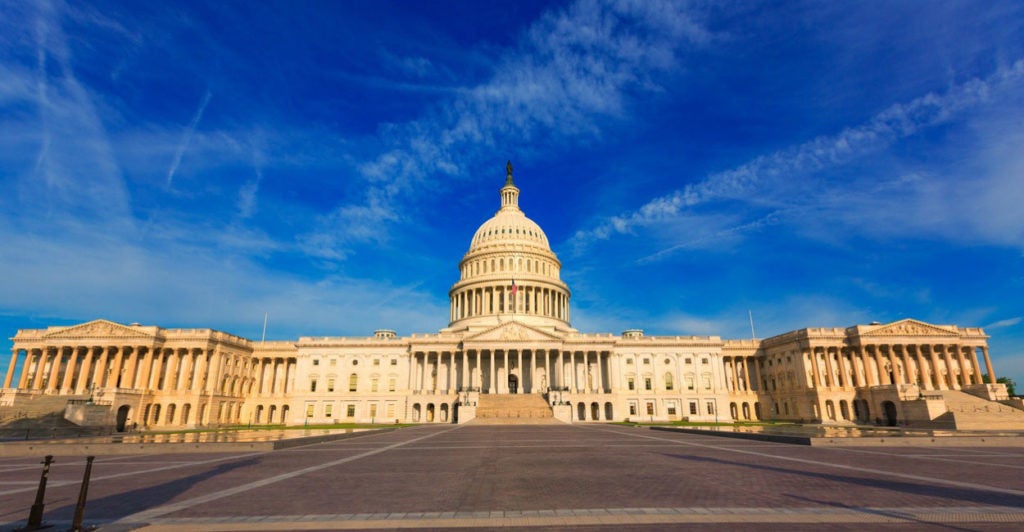Senate Democrats who fret over the distributional effects of tax cuts should thank their GOP colleagues for giving them the chance this week to vote on repealing one of the most regressive taxes: the Obamacare tax on the uninsured.
This tax disproportionately falls on those with incomes less than $50,000, while exempting many households earning six-figure salaries. Many who qualify for subsidies will have to choose between paying the tax and buying policies that offer shabby coverage with onerous deductibles that could stick them with big medical bills.
This wasn’t the way the so-called individual mandate was supposed to work. Obamacare’s architects theorized that threatening young and healthy uninsured people with a tax penalty would induce them to buy a product they didn’t want. They expected a big influx of younger people to pay premiums and file few claims, creating a stable market with affordable premiums.
Millennials spoiled this dream. Their enrollment rates disappointed expectations, roiling insurance markets and driving premiums higher.
That, coupled with President Donald Trump’s decision to discontinue unappropriated cost-sharing reduction payments to insurers that a federal judge ruled were unconstitutional, drove insurers to hike their 2018 premiums even higher.
Most of these increases fell on silver plans, creating a dilemma for many people eligible for premium subsidies. The perverse result is that many subsidy-eligible people end up being subject to the mandate, while many with much higher incomes are not.
Consider a 31-year-old who earns $32,000. She would qualify for an average subsidy of nearly $2,500, according to the Kaiser Family Foundation’s premium calculator.
She would have several choices. She could buy a silver plan at an average annual premium net of subsidies for a little more than $2,700.
Alternatively, she could pay less (an average annual premium of around $1,200, net of subsidies) for a bronze plan. But deductibles in bronze policies average nearly $5,900, requiring her to shell out more than $7,000 (22 percent of her income) for premiums and deductibles before her coverage fully kicks in.
Her third option is to remain uninsured and owe a tax penalty of $695.
Now consider a 31-year-old couple with an income of $80,000, too much to be eligible for a subsidy. A silver plan would cost them an average of nearly $10,500. A bronze plan would be more affordable (average premium of around $7,400).
But since the bronze plan premium exceeds 8 percent of their income, Obamacare exempts them from the tax penalty, unlike the 31-year-old single woman who earns far less.
This 8 percent threshold shields even households with six-figure incomes from the Obamacare tax penalty. A 45-year-old couple with income of $115,000 can forego coverage without tax consequences. A 55-year-old couple earning a combined $177,000 also would be exempt from the penalty.
It’s little wonder that an analysis by the office of Sen. Steve Daines, R-Mont., of IRS data found that 4 out of 5 people who paid the penalty for the 2015 tax year had incomes below $50,000.
For millions in that income category, Obamacare premium subsidies are a mixed blessing. Because those subsidies hold premiums below the 8 percent threshold, they are subject to the penalty if they don’t enroll. Households with much higher incomes, meanwhile, are exempt.
The individual mandate is a failed and regressive policy. It has neither stabilized markets nor kept premiums affordable, and it falls most heavily on households in the bottom two income quintiles.
Those looking for regressive taxes to repeal need look no further.
